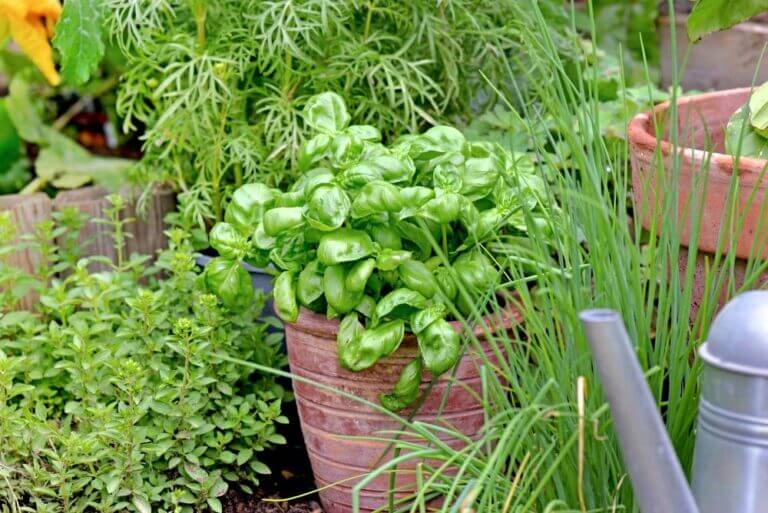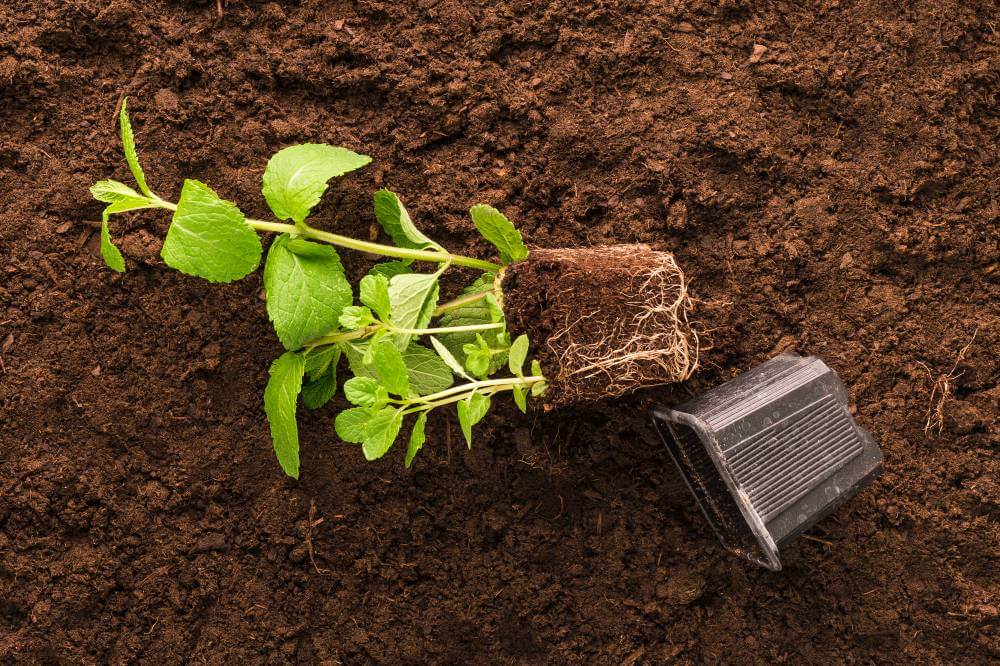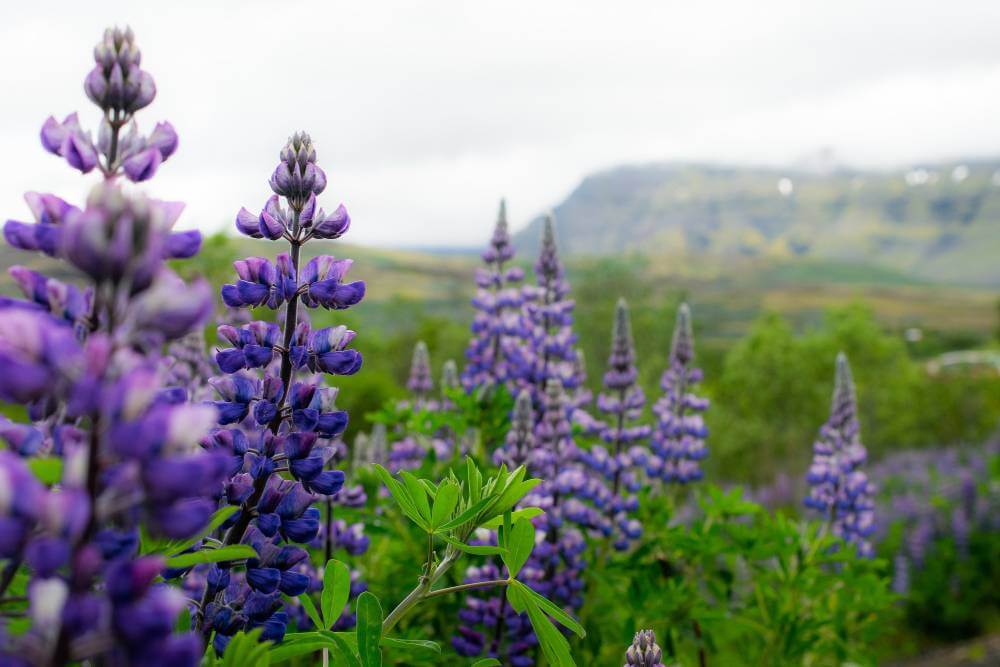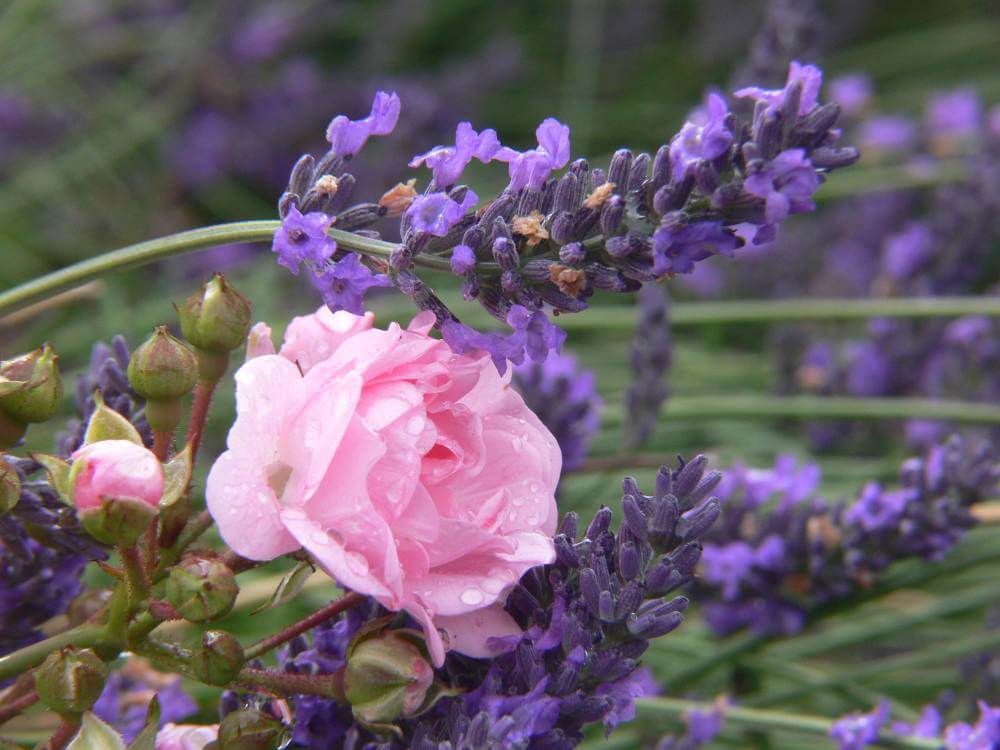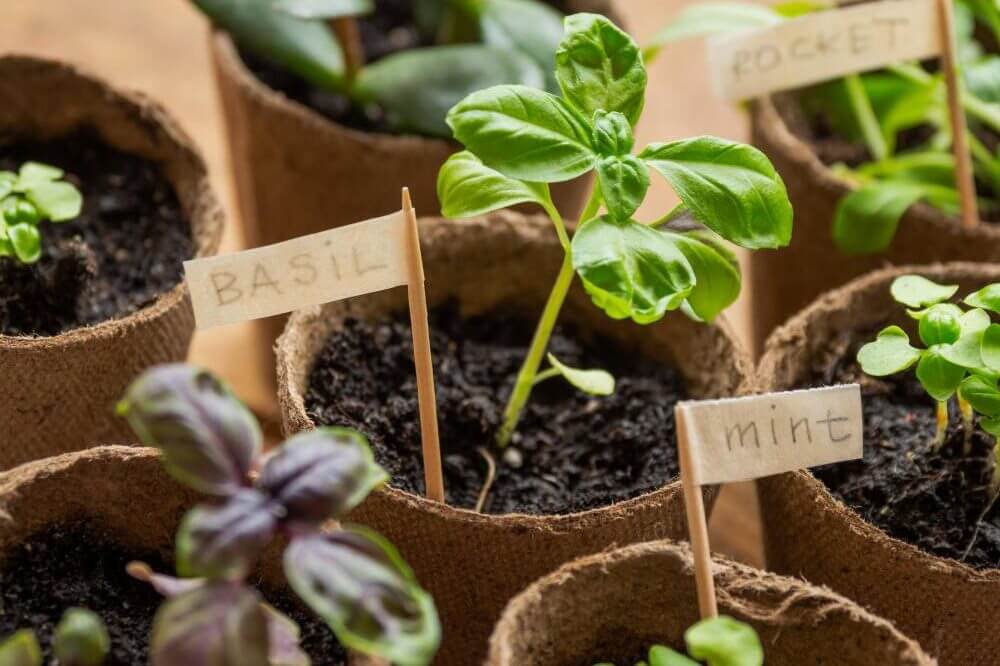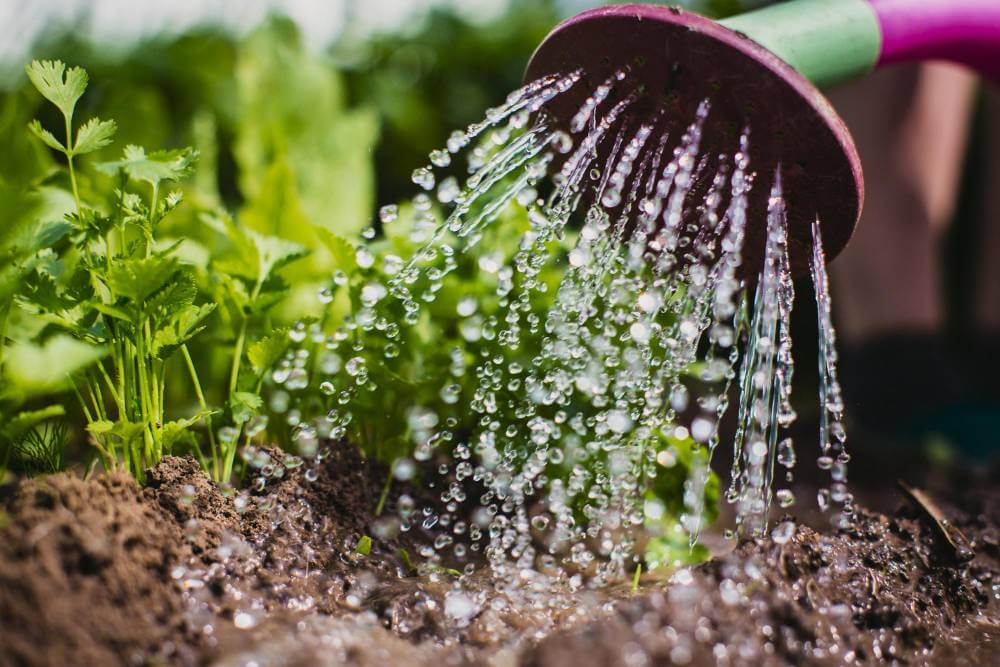Hey there, fellow plant enthusiasts! Are you ready to embark on a thrilling journey into the world of potted herb gardening? Well, buckle up, because I’m about to share with you my essential how-to guide for growing herbs in pots. From selecting the perfect herbs to mastering watering techniques, I’ve got you covered every step of the way. So, grab your gardening gloves, and let’s dive in!
Selecting the Right Herbs: From Basil to Mint
First things first – let’s talk about herb selection. When it comes to growing herbs in pots, the possibilities are endless. From classic culinary staples like basil and thyme to aromatic favorites like lavender and rosemary, there’s an herb out there for every taste and preference. But before you start filling your pots with every herb under the sun, take a moment to consider your sunlight availability. Some herbs, like basil and parsley, thrive in full sun, while others, like mint and cilantro, prefer partial shade. It’s essential to match your herb choices with your growing conditions to ensure optimal growth and flavor.
Also, it’s important to consider the space you have available. Some herbs, such as basil and thyme, are ideal for small pots as they have compact growth habits and won’t spread excessively. On the other hand, herbs like mint and lemon balm can be quite invasive and are best grown in containers on their own to prevent them from taking over your herb garden.
Additionally, there are some herbs that are better not to plant together in confined spaces because they secrete substances that can harm the growth of nearby plants. For example, planting mint alongside other herbs may inhibit their growth due to its allelopathic properties. By carefully selecting and spacing out your herbs, you can create a harmonious and thriving potted garden that delights both the eye and the palate.
By the end of this post, I’ll share links to my other posts covering herb preferences for sun or shade, companion planting tips, and more fascinating topics to further enrich your herb-growing journey.
Choosing the Perfect Pots for Your Herbs
Now that you’ve selected your herbs, it’s time to choose the perfect pots to plant them in. When it comes to pot size, bigger isn’t always better – especially when it comes to herbs. Most herbs have shallow root systems and prefer to be slightly root-bound, so opt for pots that are just slightly larger than the root ball of your herb. This will prevent water from pooling around the roots and ensure that your herbs thrive. And don’t forget about drainage! Make sure your pots have plenty of drainage holes to prevent waterlogged soil and root rot.
With the wide variety of pots available on the market today, you’re sure to find the perfect fit for your herb garden. From classic ceramic pots to lightweight plastic, sleek glass, and more, there’s a pot to suit every style and budget. Each material comes with its own set of advantages and disadvantages. For example, ceramic pots are durable and offer excellent moisture retention, but they can be heavier and more prone to breakage. On the other hand, plastic pots are lightweight and affordable, but they may not provide as much insulation for your herbs’ roots.
As for design, the options are endless – from simple terra cotta to intricate patterns and vibrant colors, there’s a pot out there to suit every aesthetic. So whether you’re prioritizing insulation, affordability, or aesthetics, choosing the right pot size and material is key to ensuring your herbs thrive in their new home.
Potting Mix and Soil Fertilization: The Dirt on Dirt
Next up, let’s talk about potting mix and soil fertilization. When it comes to potted herb gardening, quality soil is key. Choose a high-quality potting mix that’s specifically formulated for container gardening – this will provide your herbs with the perfect balance of nutrients and drainage. And don’t forget about fertilization! While herbs aren’t heavy feeders like some other plants, they still appreciate a little boost now and then. Consider adding a slow-release organic fertilizer to your potting mix to keep your herbs happy and healthy all season long. After all, a well-fed herb is a flavorful herb!
Watering Wisely: Finding the Goldilocks Zone
Watering – the age-old conundrum of gardeners everywhere. When it comes to growing herbs in pots, finding the right balance is key. Too much water can lead to root rot and other moisture-related issues, while too little water can leave your herbs parched and wilting. As a general rule of thumb, aim to keep the soil evenly moist, but not waterlogged. Water your herbs when the top inch of soil feels dry to the touch and be sure to water deeply to encourage healthy root growth. And remember, it’s always better to underwater than overwater – your herbs can always recover from a little drought stress, but they won’t bounce back from soggy soil.
Harvesting and Pruning: Keep Your Herbs Happy
As your herbs grow and flourish in their pots, don’t forget to harvest and prune regularly to keep them healthy and productive. When it comes to harvesting, always use sharp scissors or shears to make clean cuts just above a set of leaves – this will encourage new growth and prevent your herbs from becoming leggy. And don’t be afraid to prune regularly to keep your herbs bushy and compact. Not only will regular pruning help your herbs look their best, but it will also encourage them to produce more flavorful leaves for you to enjoy.
Pest Control: Keeping the Critters at Bay
Last but not least, let’s talk about pest control. While herbs are generally low-maintenance plants, they can still fall victim to pesky pests like aphids, spider mites, and whiteflies. Fortunately, there are plenty of natural pest control methods you can use to keep the critters at bay. Consider planting pest-repelling herbs like mint, lavender, and rosemary around your potted herbs to deter pests naturally. You can also try spraying your herbs with a mixture of water and neem oil or insecticidal soap to keep pests in check. With a little vigilance and some natural pest control methods, you can keep your potted herb garden healthy and pest-free all season long.
Summary: Your Potted Herb Garden Awaits!
Growing herbs in pots is a rewarding and enjoyable experience that anyone can enjoy – even if you don’t have a green thumb! With the right herbs, pots, soil, and care techniques, you can create a thriving herb garden that adds flavor and freshness to your life.
And remember, there’s always more gardening wisdom to discover on my blog. So be sure to check out my other posts for tips, tricks, and inspiration to help you make the most of your potted herb garden!
Herb Garden Sun or Shade: Understanding Herb Preferences
What Herbs Should Not Be Planted Together?
Herb Garden Soil: Soil Prep 101 for Thriving Herbs

